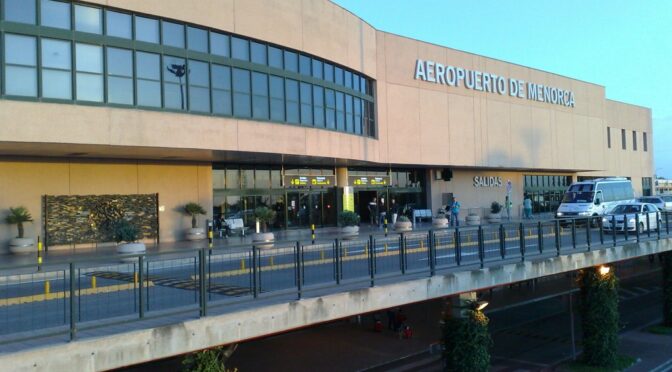Views: 358
Last February’s Decree-Law on urgent measures for sustainability and circular tourism in the Balearic Islands has incorporated new regulations that deserve analysis.
It needs to be borne in mind that the formula now used in Decree-Law serves so that the Government can apply some provisions immediately, but which can then be processed as Law in the Balearic Parliament; meanwhile it opens up possibilities for improvement.
GOB provides two assessments. The first, that is in this note published today, is dedicated to analysing the opportunity of a tourist moratorium, and the second assessment to follow in a few days, will look at the shortcomings or loss of opportunities in environmental terms that will have to be corrected.
The suspension of new tourist places is not uniform in all the islands. With reference to Menorca, the start of developing new tourist activities has been suspended a has increasing the number of places in establishments that are already functioning. This stoppage does not affect establishments whose processing is advanced and, more important, does not affect tourist activities that are being developed in areas of land restructuring in tourist areas where the boundaries have been limited by the Island Land Planning (PTI).
In practice, it means that there is no stoppage to activities on numerous plots of land left without being built on in existing urbanizations. They add up to about 11,000 places implying urban growth, forecast since 2003, yet are unknown to many people who think the urbanizations are completed.
However, the moratorium is especially welcome to put a brake on the huge increase in tourism experienced on the Island based on tourist rentals, that is, of already constructed residential houses that become tourist accommodation.
Menorca currently has about 81,000 declared tourist places, of which 28,000 (more than one third) correspond to the model of renting out houses to tourists, a formula which has grown especially in the last few years.
To these figures must be added another important number of people who do not know where to stay at the end of the season. Let us remember that there are about 80,000 people in the winter of the 93,400 registered people. Counting that all those registered have a house, and adding 81,000 declared tourist places, there are still some 30,000 undeclared at the end of August.
Therefore, even though some of that 30,000 may be people not registered but with residency, it is clear that there are many thousands who sleep in undeclared tourist beds.
This huge increase in tourism, which in many cases has not been accompanied by urban growth, is the basis to the overcrowding that has occurred in the last few years. There is no interest in maintaining this dynamic out of consideration for the quality of life of the residents, the conservation of the island, nor for tourism itself.
Because of this, news of reinforcing inspection to control illegal activities is welcome, since there may also be a significant part of the current hectic investment in residential property that in reality could be for a tourist market of undeclared rentals.
The moratorium, which has now been applied, will be in force until the Consell Insular, through the Intervention Plan in the area of tourism or the Island Land Planning (PTI), evaluates the carrying capacity of the island from which can be determined the total number of marketable tourist places.
However, the decree presents some important shortcomings in restructuring the old offer of sun and beaches as well as giving a realistic commitment to reduce the carbon footprint of tourist activities.

